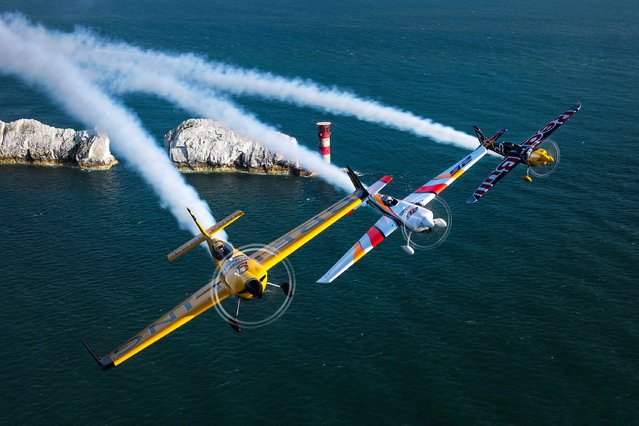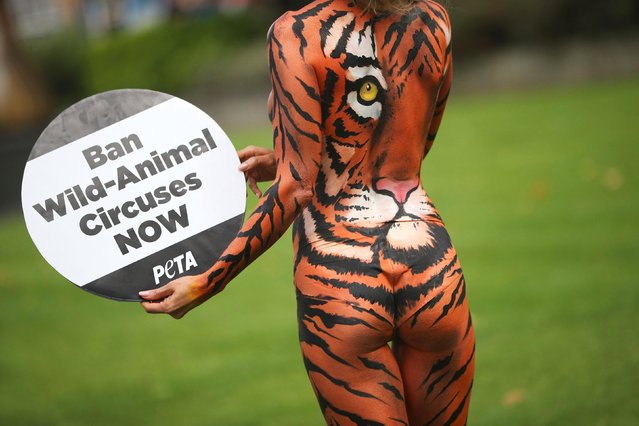
A spectator shows off her green, white and gold eyelashes as the annual Saint Patrick's day parade takes place on March 17, 2018 in Dublin, Ireland. Dublin hosts the largest Saint Patrick's day parade in the world with a route spanning 2.5 km. The Irish annals for the fifth century date Patrick's arrival in Ireland in the year 432 with the patron saint of Ireland's remains believed to be buried at Down Cathedral in County Down. (Photo by Charles McQuillan/Getty Images)
18 Mar 2018 07:36:00,post received
0 comments







